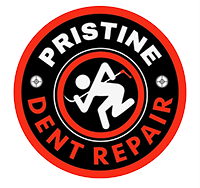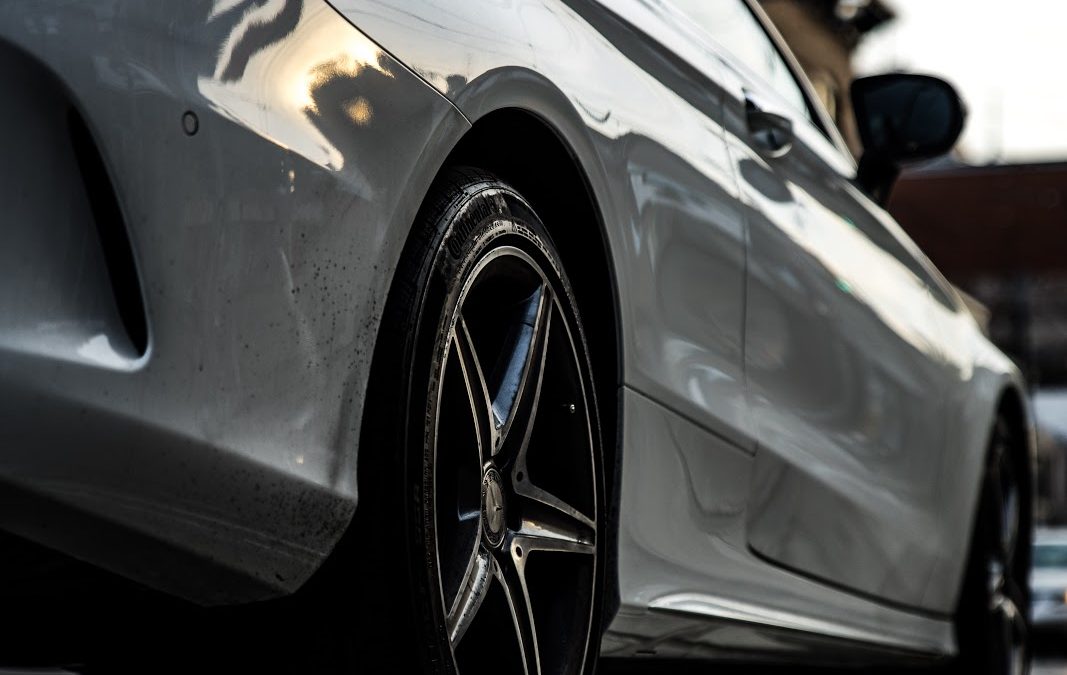It’s happened to all of us – you’re headed out to your driveway on any given weekday morning, coffee in hand and all prepped for your morning commute. That’s when you see it – an obvious scratch right on your driver’s side door.
Whether it was a branch, your paper delivery boy, or maybe your jacket zipper is hard to determine. But there it is, a clear blemish on your otherwise immaculate vehicle.
After your blood pressure returns to normal, you start to consider your options…
How do you return your vehicle back to its original state, and what will it cost to do so?
Scratches on cars can happen in numerous ways and can vary from very minor to obviously noticeable.
If your scratch is minor (and not too deep), it may be possible to do a professional-looking repair on your own. But in order to do so, you’ll need to follow some precise methods.
Evaluate The Damage
If the scratch is noticeable, inspect it closely to determine its depth.
Your car’s exterior actually has four different layers including the clear coat, paint, primer, and metal.
In order to determine if the repair is something, you can handle on your own, evaluate the scratch. The deeper it is, the more difficult it will be to accomplish a professional-looking job.
Before you begin your repair job, you’ll also need to make sure you have the right shade of touch up paint.
There should be a factory-paint code located on your car that will help you know where to start when choosing the correct shade of touch up paint. If you are unsure of what shade you need to match exactly, contact a professional to help you make the best choice.
How To Touch Up A Minor Scratch On Your Car
Prior to beginning your job, mask off the surrounding area around the scratch with newspaper and masking tape.
To prepare, do a test on a metal surface before applying your touch up paint directly to your car. A tin can works well to practice on.
Once your test project dries, compare it to your vehicle’s paint job. If you’re satisfied with the match, you can move on to the next step.
Before you begin working on your vehicle, pick a good location that has proper painting conditions. You don’t want an environment that’s too hot, too humid, too cold, or in direct sunlight. It’s also best if your work area is free of dust and dirt.
Once you’re sure your paint is a match, it’s time to prepare your car. Wash the scratched area well with soap and water.
If the spot you’re working on is rusty, you’ll need to first remove the rust with extra fine-grit sandpaper, and then wash the area well.
Once your damaged area is clean and masked off, you’ll need to apply your primer if any bare metal is visible.
Keep in mind, visible metal means the scratch is fairly deep and will need several coats of paint, primer, and clear coat. Be sure to allow your primer to completely dry in between coats.
Once your primer is dry, you’re ready to apply your base coat of touch up paint. Apply your paint in thin layers and allow them to dry completely. Apply multiple coats until the area you’re working on matches the surrounding paint job on your vehicle.
Now you’re ready for your clear coat. The technique needed for clear coat application is to build it up in layers in and around the damaged area so it’s higher than the surrounding clear coat.
Be warned – clear coat can act as a solvent and actually remove the base coat if too much pressure is applied, so proceed with it carefully and lightly.
After you remove your masking tape, let the area dry for several days. At this stage, you can now add rubbing compound over the scratch to make it shine.
But hold off on the wax job – it’s best not to use a wax for a good 4-6 weeks.

When To Seek A Professional
While these steps are best practices with most minor nicks and scrapes, unless you’re a professional, it is best to only try to repair very small scratches on your own.
Larger areas often require spray paint and need a space that’s completely free of dust. And anything deeper than a clear coat scratch will not guarantee perfect results.
If you’re ever in doubt about undertaking a paint job, never hesitate to contact a professional to make sure the job is done well and the repair is unnoticeable. In the end, if the scratch is too large or deep, it will cost less money and time to have a reliable company fix the damage for you.
To get a free quote for a scratch or dent repair, contact us at Pristine Dent Repair today.

